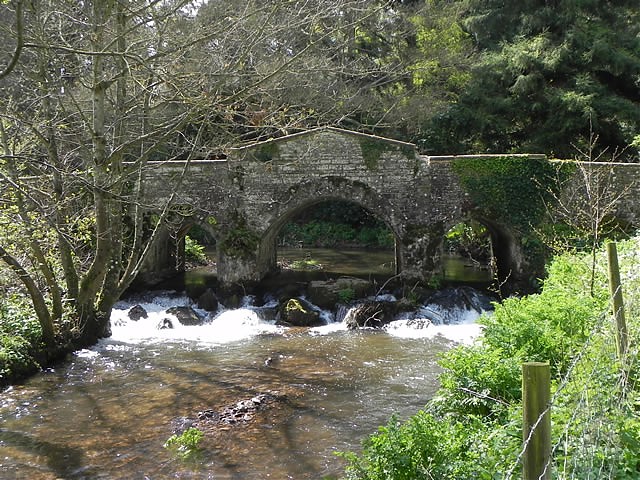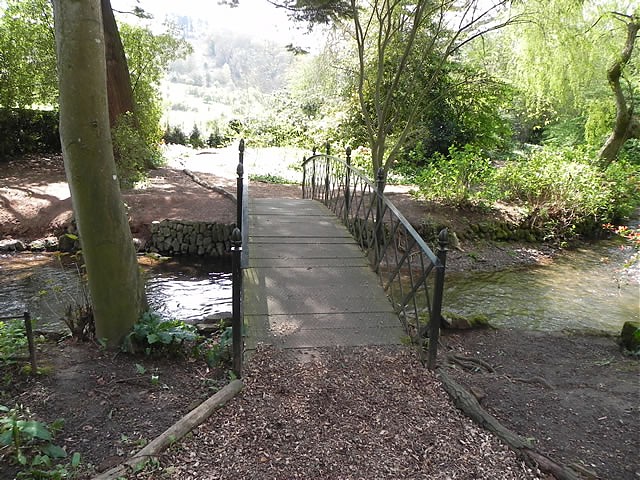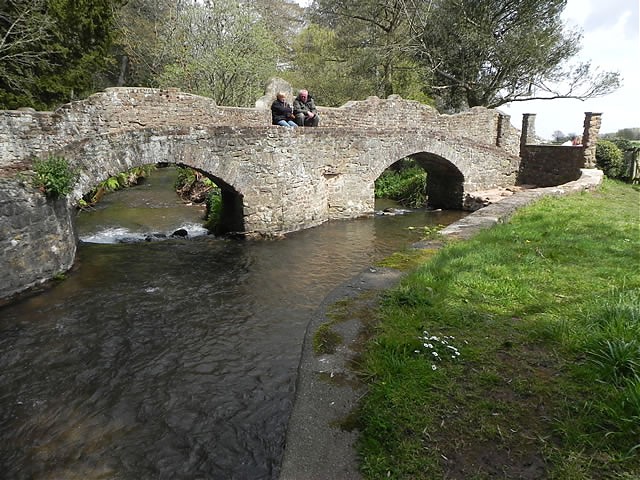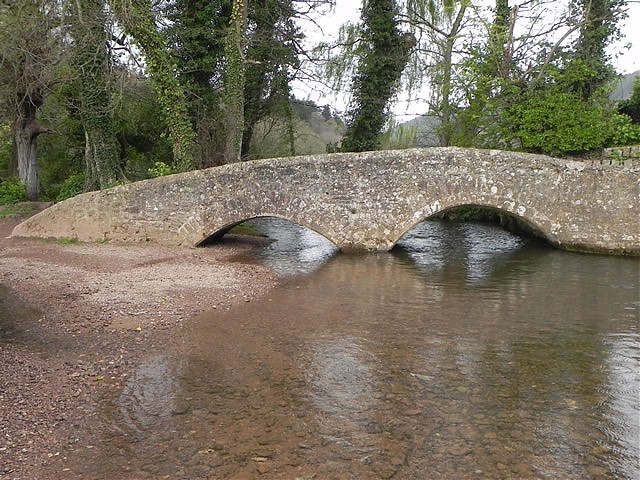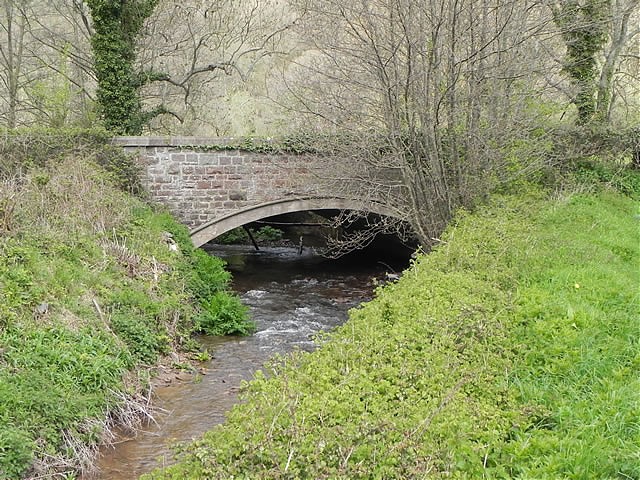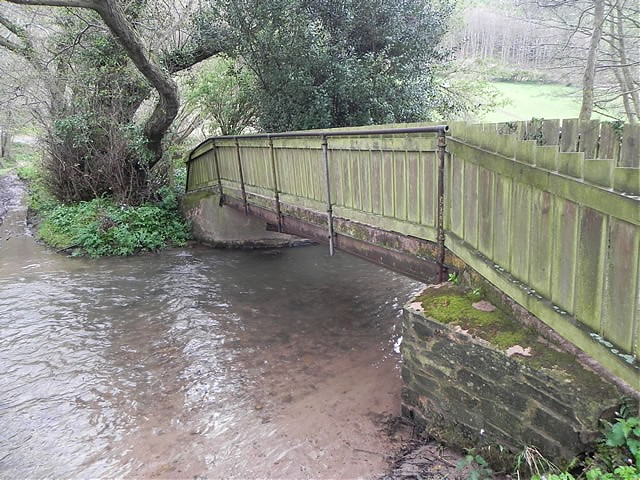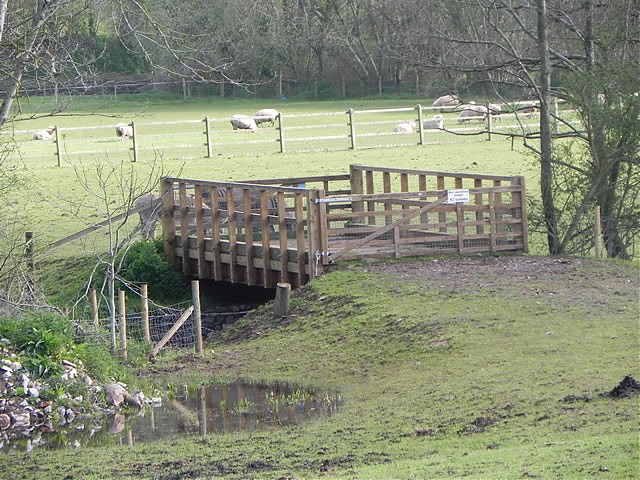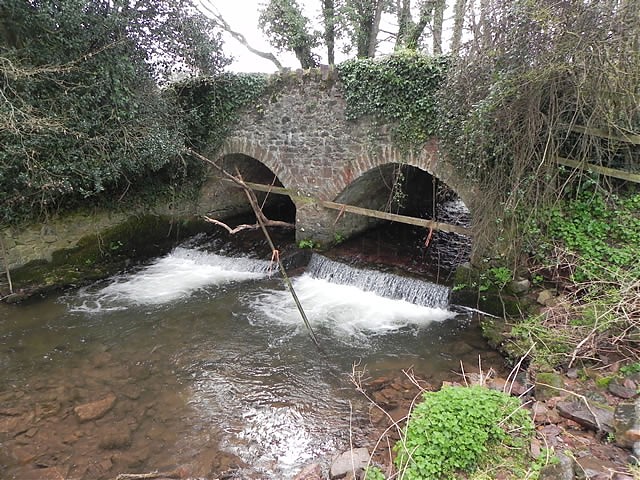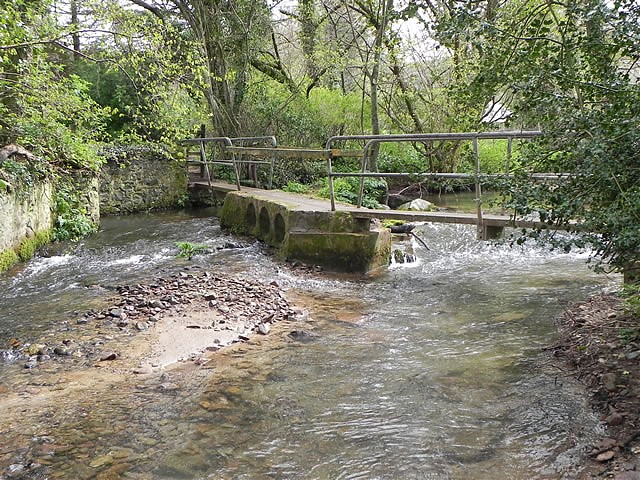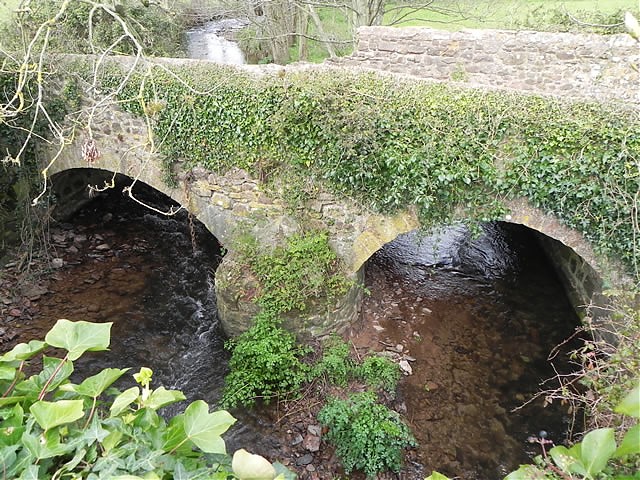
Bridge Name: Old Frackford Bridge
No.: 17
Location: Dunster – SS 9846 4325
Build Date: C18
Engineer:
Description:
A C18 bridge formerly carring the Dunster to Timberscombe road. Replaced by a new bridge in 1913.
Dated 1768, builders William and George Rawle. Random rubble sandstone. Two semi-circular arches, later triangular coping to parapets, partly overgrown with ivy at time of survey. Date and names carved on slate let into east face. No longer in use, replaced by present single span bridge in 1913. English Heritage Listed Building Number: 264748. First Listed on 04/08/1983. A double span bridge of local red sandstone spans the River Avill at SS 9846 4325. It is now bypassed by the A396 road bridge. Frackford Bridge was built in 1768 by William and George Rawle (names and date carved in slate on east face). The bridge is overgrown with vegetation and is beginning to deteriorate. The bridge has been recently mended but the slate recording “William and George Rawle Builders 1768” has fallen off leaving only the initial “W”. The replacement reinforced concrete arch bridge was built in 1913 and designed by Edward Stead, County Surveyor. Copings, stringcourses and quoins are of ashlar masonry with the remainder of the masonry rock faced. The end of the concrete deck is exposed in elevation. The bridge is 23 feet in span.1
The bridge at Frackford, now Frackford Old Bridge, carried the main route from Exmoor to Dunster and the coast. It was an important bridge, probably replacing a ford. In 1307 Richard of Avill left 12d towards its upkeep. The prior of Dunster and Avill tithing were required to repair it in 1476. The route was turnpiked in 1765 by the Minehead Trust to the Devon boundary beyond Dulverton. Frackford Bridge was built with two arches in 1768 by local masons William and George Rawle. The coping was added later.It was replaced by the present stone and concrete single-span bridge built alongside in 1913 for Somerset County Ccouncil to the designs of County Surveyor Edward Stead.2
References:
1.Exmoor National Park HER – MSO12153 2.https://www.victoriacountyhistory.ac.uk/explore/items/dunster-bridges
